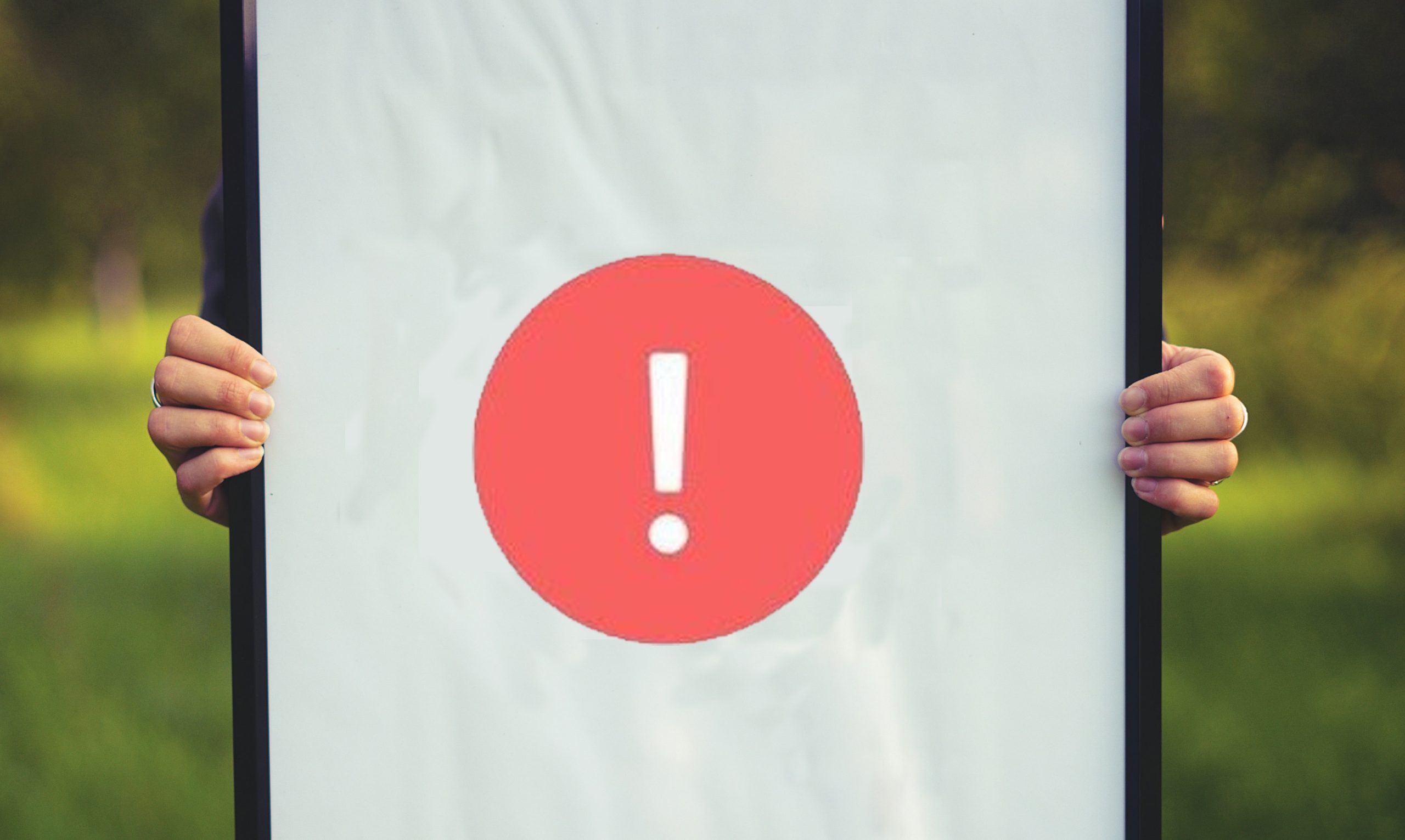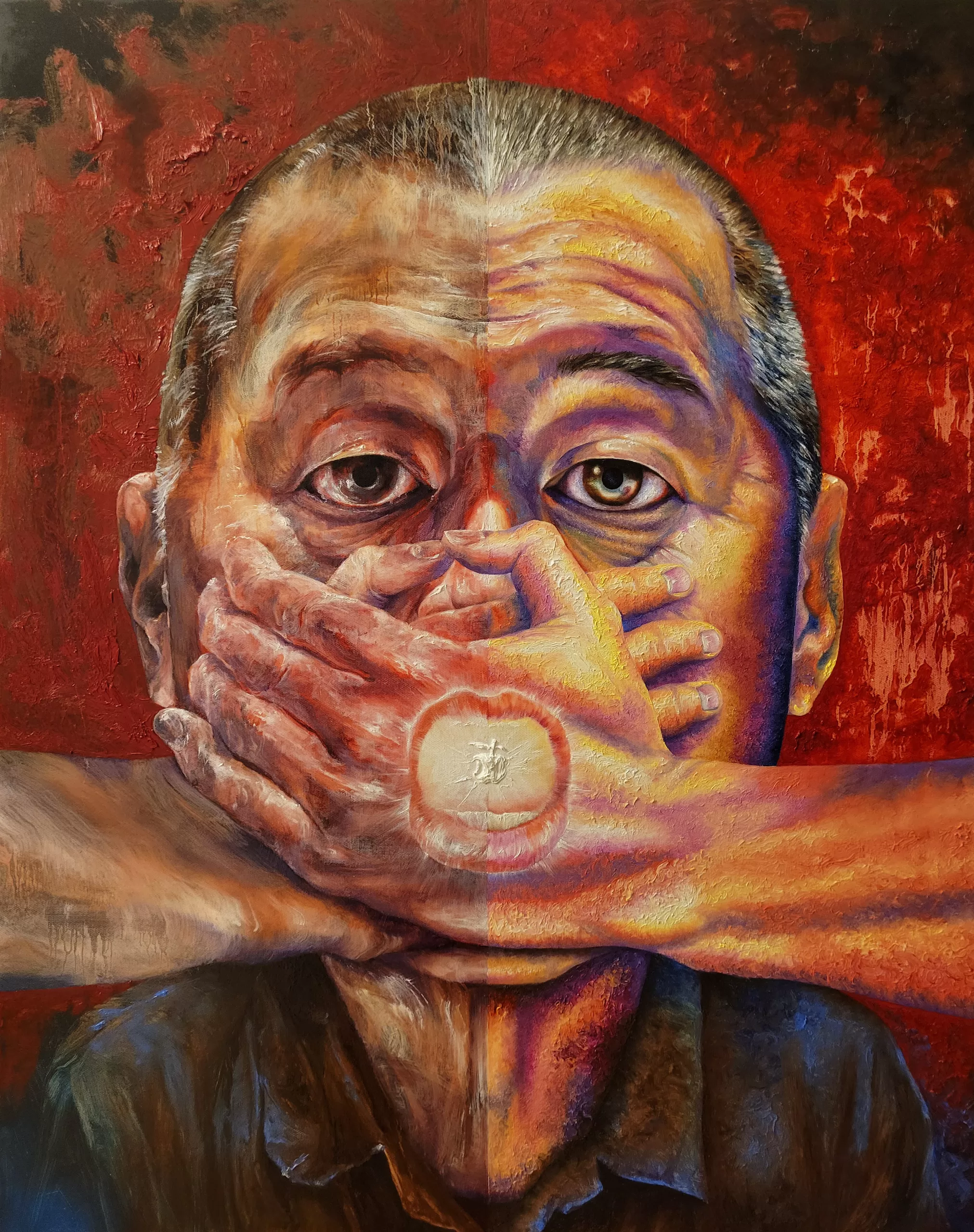Acts of civil disobedience in the recent protests in China have been, unsurprisingly, swiftly suppressed by police. Even before this happened, protesters encoded their message through hidden symbols – tapping into a history of creative protest in China – in order to evade persecution and silencing. Here’s how citizens are currently saying no to being controlled, often by saying nothing at all.
The blank piece of paper has become the most widely recognised symbol of the protests. Many say it first emerged in Hong Kong in 2020, though the use of blank paper in China to highlight censorship stretches far back. Today it is a powerful sign of the government’s limits on free expression that avoids the language associated with protest being censored online. Taking the paper protest one step further, a video of a woman carrying the blank paper while walking through the street with chains around her wrists and duct tape covering her mouth went viral on Twitter.
My God, this woman in Wuzhen, Zhejiang. https://t.co/ySCNHKRmk6
— Dr. Leta Hong Fincher 洪理达 (@LetaHong) November 27, 2022
Sadly online posts about blank pieces of paper are now disappearing on social media.
Other messages with more complex, hidden meanings began to emerge. Students at Tsinghua University in Beijing were pictured holding pieces of paper with the Friedmann equation written on them, a formula that outlines the expansion of the universe and whether it is open (expands forever) or closed (eventually reverses and everything goes back into a Big Crunch). Some have suggested the message is a play on the phrase “free man” while Twitter nerds have said it is more likely an analogy about whether Chinese society is open or closed.
Technically universities protest with Friedmann equations😍
FYI: Friedmann Equation defines the expansion of space in homogeneous and isotropic models of the universe. At K=1 university is open pic.twitter.com/SvORuhWcYa— Konstantin Tkachuk (@Tkachuk_science) November 28, 2022
Another protester held up paper with the sign that appears on WeChat – China’s instant messaging and social media app – when a message cannot be delivered, implying that their voices are unheard.
Some demonstrators made a powerful statement against control by doing exactly as they were told. One group chanted sarcastically in support of Xi’s policies, shouting “I want to do a Covid test” and calling for “more lockdowns”.
On Sunday, hundreds of people gathered on the banks of a river in Beijing and sang the national anthem. The song tells the story of China’s fight against foreign invaders and was chosen by the current regime as their Communist anthem. However, the lyrics “rise up!” and “march on!” have a revolutionary message that seemingly reflects the protesters’ ardour in their fight for freedom.
While Twitter is banned in China, many people have been circumventing blocks and posting to the international community using VPNs. As online censorship intensifies in response to the protests, users have employed creative methods to circumvent government technology such as applying filters and taking videos of other videos. The sheer number of posts going out online has also overwhelmed AI censorship by China’s Great Firewall and made it difficult for them to be taken down.
One woman even walked three alpacas down a road in Xinjiang, a reference to a meme that was created in 2009 in response to China’s growing internet censorship. Known as “the grass mud horse”, or cào nǐ mā, the creature – which is similar in appearance to an alpaca – is a homonym for the insult “fuck your mother”.
These individuals have taken great risks with their protests in Xi’s China but social media users have been demonstrating their solidarity with the protesters by posting repeated one word “Moments” on WeChat such as “support support support” and “okay okay okay”.
And Winnie the Pooh, a favourite internet meme in China if people want to dig at Xi, made a fleeting appearance. In this instance looking confusingly at a blank sheet of paper.
Isolated acts of protest over recent months have suggested that the Chinese people are weary of President Xi Jinping’s zero-Covid policy. In October, anti-zero-Covid slogans began to appear on the walls of public bathrooms and in various Chinese cities. Days before President Xi cemented his third term in power, a lone protester hung banners on an overpass in Beijing. They called for an end to zero Covid and Xi’s presidency. The protests have begun to pick up momentum in the past few days, but the likelihood of a change of president or government remains unlikely.
Public protest, while more common than people might assume, comes with huge risks in China, where the CCP has a stranglehold on dissent and freedom of expression. If people want to be seen and heard, protests must be clever and playful. In some instances this means not actually saying anything at all.





